The thunderous roar of a Harley is an unmistakable symphony for those who truly appreciate the fine art of motorcycling. But when it comes to identifying the sweetest notes in that symphony, enthusiasts often find themselves divided between two strikingly distinct melodies – Harley’s Twin Cam and Evo engines.
Striding confidently across the paradox of luxury and raw power, these two iconic engine designs have received widespread recognition and love in the biking world. With the Twin Cam vs Evo debate igniting high-octane debates on forums and across garage floors, the question remains – who reigns supreme?
As an experienced Harley rider and engineer, I invite you to kick-start a journey through the labyrinth of Harley mechanics, together. Through the looking glass of evo and twin cam differences, we will dig deep beneath the chrome, stripping away marketing fancies to reveal the naked truth.
Tensions may run high as we explore these raging titans of the motorcycle world, but the revelations will leave you with astounding insights and a better understanding of your beloved Harley machines. Gear up and embrace the thrill; it’s not just a ride, but an enlightening voyage through the heart of Harley engineering.
A broader discussion: Evo vs Twin Cam vs Milwaukee 8: Analyzing These Engines
Overview of The Twin Cam Engine
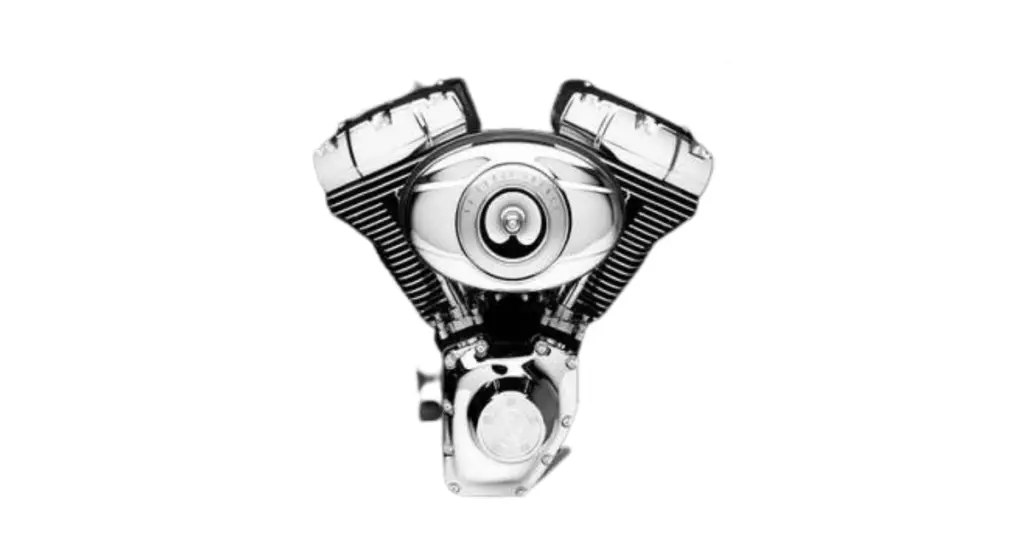
Harley-Davidson introduced the Twin Cam engine in 1999, aiming to develop a more potent engine that overcomes the shortcomings of the Evolution engines. The main focus was on an engine that is leak-free, provides ample room for performance potential, complies with EPA standards, and above all, reliable.
Unlike the Evolution engine, the Twin Cam engine uses a dual camshaft design, maintaining the classic V-twin profile. This engine is equipped with improved fuel injection and displays a higher displacement power compared to the Evo engine. The Twin Cam engine is the backbone of various Harley-Davidson models, including Dynas, Softails, Sportsters, and Touring bikes.
What Models Had The Twin Cam Engine?
The Twin Cam engine was used in a wide range of Harley-Davidson motorcycles, including the Softail, Touring, Dyna, and Sportster families of bikes. Harley’s latest Twin Cam engine was introduced in mid-1998 and became an integral part of rubber-mounted big twins in 1999 and 2000.
Related: Best Spark Plugs for Harley Davidson Twin Cam: Full Guide
What Engine Sizes Were Offered?
The Twin Cam engines were available in four sizes: 88 cubic inches (1,450 ccs), 96 cubic inches (1,584 ccs), 103 cubic inches (1,690 ccs), and 110 cubic inches (1,801 ccs). However, the latter of the group had some problems to be aware of.
Related articles:
> Twin Cam 88 vs 96: Dual Cam Shootout (What’s Better?)
> Harley 96 vs 103: What’s The Deal? (2023)
Were There Common Twin Cam Engine Problems?
Like any mechanical device, the Twin Cam engine has had its share of problems. The most common issues reported by riders include cam chain problems due to poor design, engine smoking due to piston ring wear, and various minor problems in different model years like bearing issues and valve seal issues.
Related: What Harley Twin Cam Years To Avoid: An Exhaustive Guide
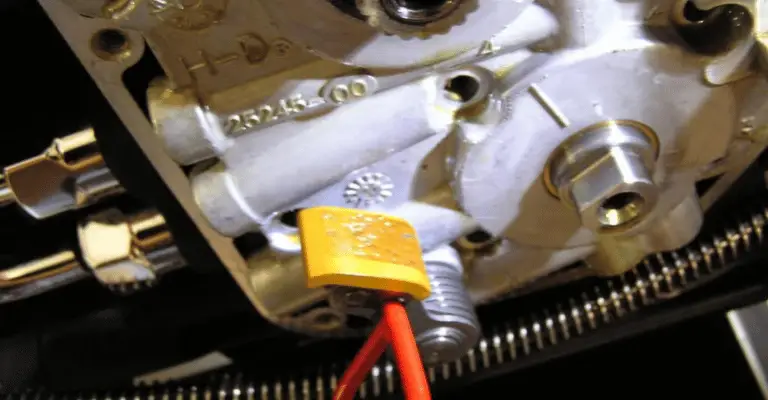
List of Twin Cam Problems
- Cam chain problems due to poor design
- Engine smoking due to piston ring wear
- Bearing issues
- Valve seal issues
- Problems with engine block if it has been tuned like Stage 2 or Stage 3
How Long Do Twin Cam Engines Last?
With proper maintenance, the Twin Cam engine has a solid lifespan of about 120,000 miles. This number can be greatly extended with regular service and appropriate use.
Related: How Many Miles Do Harleys Last? – A Comprehensive Guide
Overview of The Evolution Engine
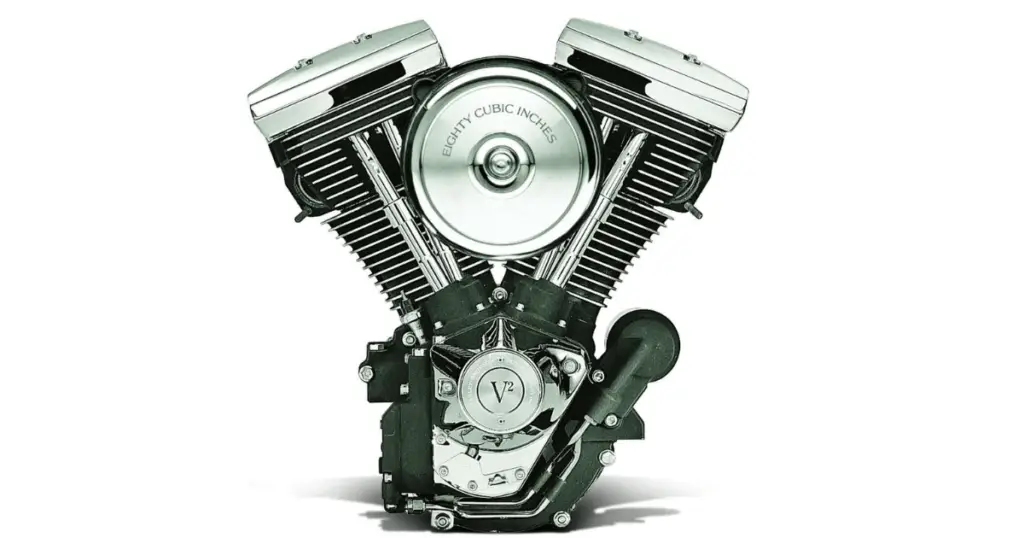
Launched in 1984, the Evolution, or Evo, engine is a Harley-Davidson classic. The Evo engine is characterized by its simple design, reliable performance, and easy maintenance. With a displacement of 69 cubic inches (cubic centimeters), the Evo engine produces a respectable amount of torque and offers a smooth ride.
What Models Had The Evolution Engine?
The Evo engine was used in nearly all Harley-Davidson Sportster models since its inception. It also found its place in the Softail models, including Heritage Softail Classic, Fat Boy, Deuce, and the FXS Softail Blackline.
Related: Heritage Softail Problems: A Tumultuous Trip Through Time
What Engine Sizes Were Offered?
The Evo engine comes in numerous sizes, with displacements ranging from 883 cc to 1337 cc.
Were There Common Evolution Engine Problems?
Despite its reputation for reliability, the Evo engine is not without its problems. Common issues include poor starting, speed sensor malfunctioning, overheating issues, oil pump malfunctioning, black smoke due to piston ring issues, and cam chain issues.
Related: Best Spark Plugs for Harley Davidson Evo: Bikes Evolve Today
List of Evolution Engine Problems
- Poor starting
- Speed sensor malfunctioning
- Overheating issues
- Oil pump malfunctioning
- Black smoke due to piston ring issues
- Cam chain issues
How Long Does The Evo Engine Last?
The Evo engines are known for their longevity, typically clocking in between 80,000 to 100,000 miles. However, with regular maintenance and care, these engines can exceed these numbers.
Related: Are Harley Davidsons Reliable? Yes and No (Here’s Why)
What’s The Main Difference Between Evo and Twin Cam Engines?
The main difference between the Twin Cam and Evo engines lies in their internal design, performance, and transmission systems. The Twin Cam engine has two cams, has higher compression ratios, improved fuel injection systems, better spark control, and larger displacement options. On the other hand, the Evo engine is lighter, faster, and comes with a four-speed transmission system.
Evo vs Twin Cam Sound Comparison
The sound of a motorcycle engine is a significant factor for many riders. In the case of the Evo and Twin Cam engines, both produce a distinct, powerful roar that Harley-Davidson is known for. However, the Twin Cam tends to have a deeper, more resonant sound compared to the somewhat lighter, higher-pitched note of the Evo engine.
Overview of Internal Design Differences
The Twin Cam and Evo engines have several key internal design differences. The Twin Cam engine features a dual camshaft design and a wet sump with an internal oil reservoir. In contrast, the Evo engine has a single camshaft design and uses a dry-sump system with an external oil tank.
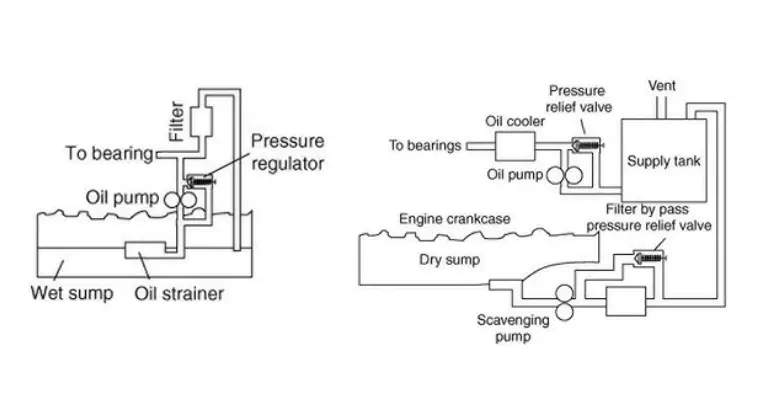
Breakdown of Evo vs Twin Cam Differences In Performance
When comparing performance, the Twin Cam engine offers more power and efficiency compared to the Evo engine, thanks to its higher compression ratios and improved fuel injection systems. However, the Evo engine, due to its lighter weight and higher speed limit, offers better acceleration and is ideal for long-distance riding.
How Were The Two Engines Similar?
Despite their differences, the Twin Cam and Evo engines share several similarities. Both engines come equipped with hydraulic lifters and four valves per cylinder. They also share the iconic V-twin configuration and are air-cooled, maintaining Harley’s classic design aesthetic.
Were There Benefits To One Over The Other?
The choice between the Twin Cam and Evo engine often boils down to personal preference. The Twin Cam engine offers more torque at lower RPMs and superior fuel economy, making it ideal for riders who prioritize efficiency. On the other hand, the Evo engine’s lighter weight and higher top-end speed can appeal to riders who value speed and agility.
Which Engine Do I Think Is Better?
Both the Twin Cam and Evo engines have their strengths and weaknesses. The Twin Cam’s modern design and fuel efficiency make it a strong contender. However, the Evo’s simplicity, reliability, and lighter weight also make it an appealing option. The decision ultimately depends on the rider’s personal preference and riding style.
How I Came To This Conclusion
My conclusion is based on extensive research and analysis of the Twin Cam and Evo engines, taking into account their design, performance, reliability, and common problems. I also considered the opinions and experiences of numerous Harley-Davidson riders and experts.
Recap of Main Points and Evo vs Twin Cam Differences
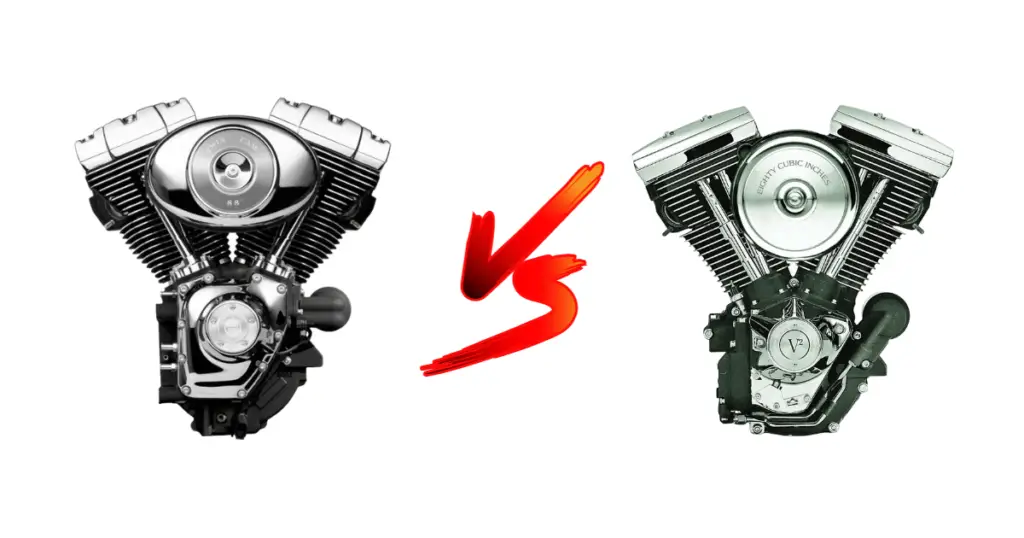
In conclusion, both the Twin Cam and Evo engines are well-designed and reliable, each offering unique benefits. The Twin Cam boasts modern design features, improved fuel efficiency, and more power at lower RPMs. In contrast, the Evo engine impresses with its simplicity, lighter weight, and higher top-end speed. Ultimately, the choice between these two legendary engines boils down to personal preference and riding style.
Whether you’re a fan of the modern Twin Cam or the classic Evo, there’s no denying that both engines embody the power and performance that Harley-Davidson is renowned for.
By the way, while you’re here, if you’re maintenance minded, check out our write-up of the best oil for Harley Davidson motorcycles!